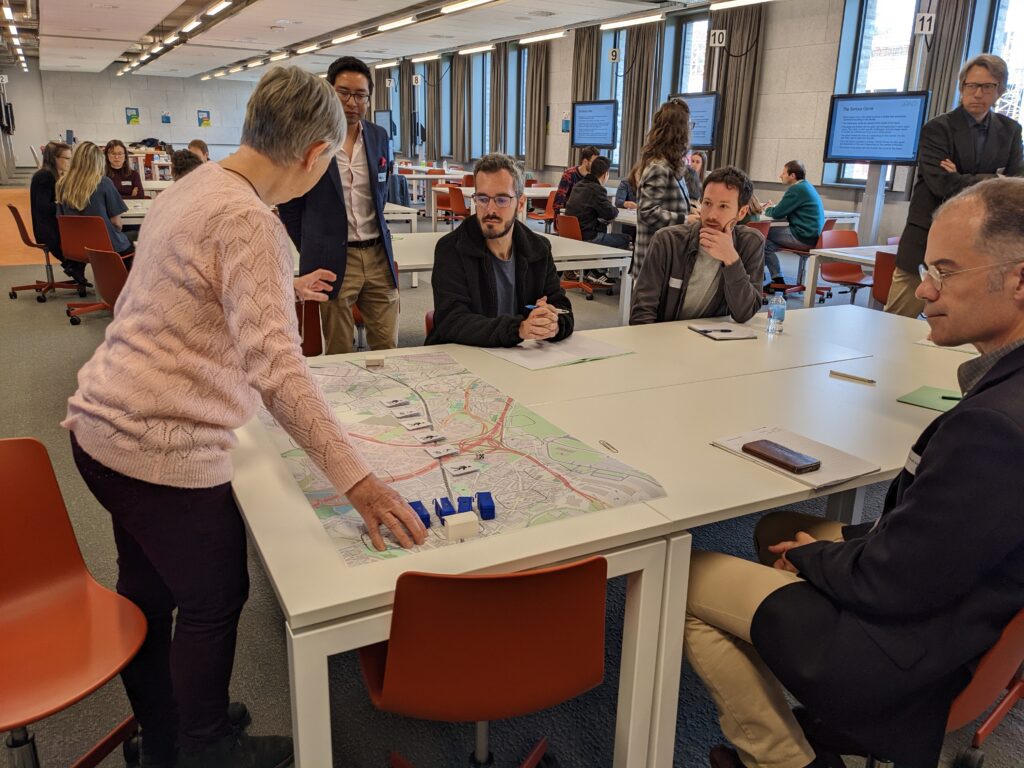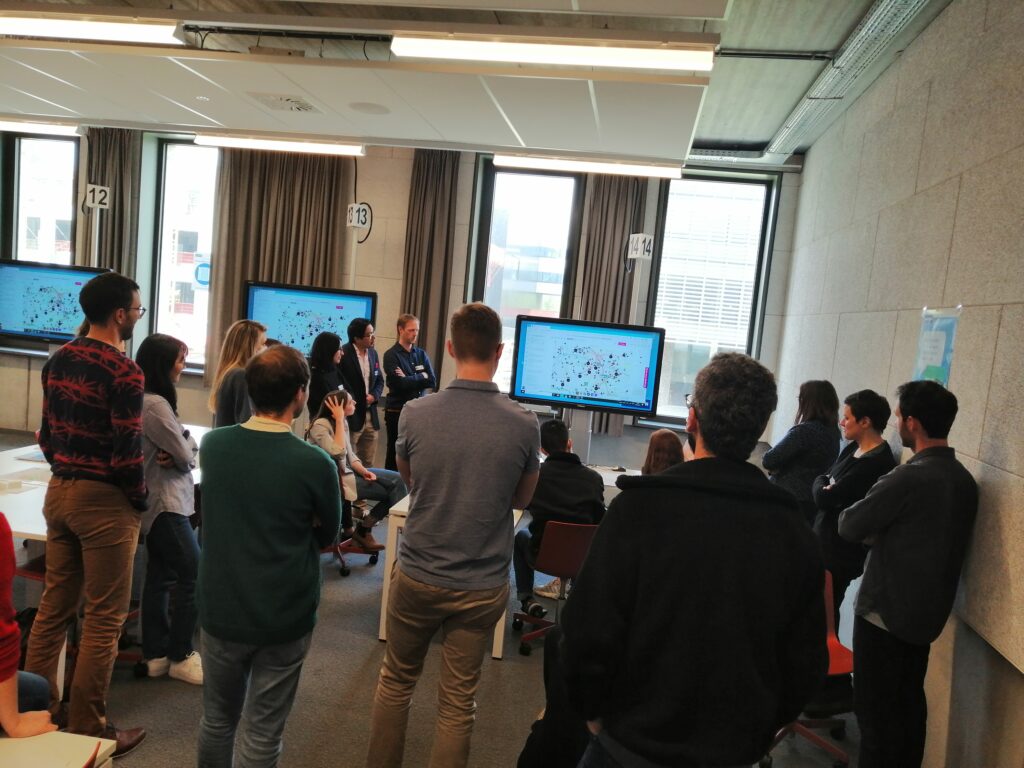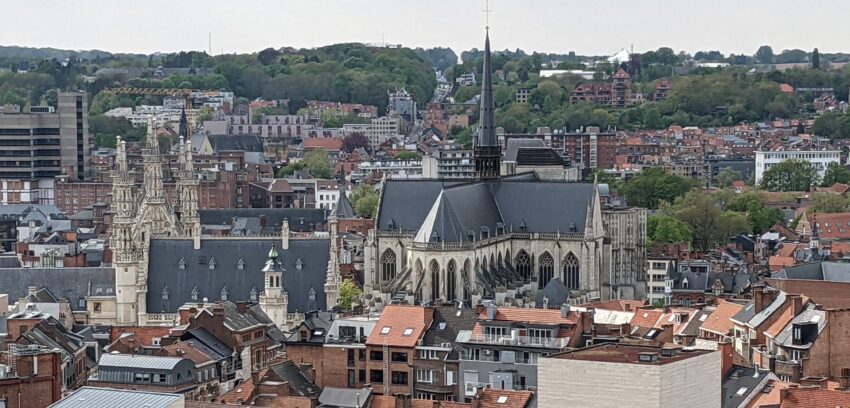As our project has passed its half-time mark in March, we used the occasion to convene for a mid-term conference at the end of April at KU Leuven, Belgium. We discussed our first results, reflected on the activities and planned for the next and final year to come. To better engage with relevant stakeholders outside of our consortium, a selected group of experts from related projects and initiatives was invited to participate in the event and provide a short talk on their approach and efforts to make our mobility services more inclusive.
We heard from Diogo Martins from the Centro de Vida Independente, about how the design of mobility services predominantly caters to a very small segment of the population and neglects the needs of women, people with disabilities, migrants and elderly. The approach suggested by Diogo focused on engagement activities to improve services, levels of social inclusion and local cohesion. Katie Bulanowski talked about the European Passengers’ Federation’s efforts to represent passengers’ views at EU level. Involving different users to develop inclusive and accessible mobility services is key in their activities. Particularly, multi-disciplinary approaches along universal design principles have been identified as relevant from their experience.
From the ENUAC project JUSTICE, Arthur Nihoul (UCLouvain – Université catholique de Louvain) gave insights in their methods for an inclusive city environment. They plan to establish a spatio-temporal modelling approach to investigate the physical and socio-cognitive accessibility of a chosen area. Pedro Homem de Gouveia from the POLIS Network, discussed success factors and hindrances in the process of establishing pedestrian accessibility strategies in urban planning by elaborating the developments of Lisbon, Portugal.
And finally, we heard from Jan Zaman from IDEA Consult about the work of the Belgian region Flanders on a regional mobility plan and how measuring inclusive mobility and adapting the services on a broader scope with people with impairments in mind, is needed.
Inspired by the experts’ inputs, the conference’s participants had the opportunity to play two different versions of the Serious Game that was developed by the CATAPULT project partners from KU Leuven and had already been tested in different settings.
The first round focused on the needs of our target user groups. From the perspective of a child, a person with physical and/or cognitive impairments and a senior citizen, the players had to overcome challenges these people could face when using automated shuttle buses while moving along the board.

The second round of the Serious Game was developed to make the route planning and use case development of automated shuttles more inclusive. At the conference, an online version of the game was played. Based on a section of a map, that should depict an area that is very familiar to all the stakeholders playing the game, optimal routes, locations for bus stops and infrastructure design are discussed by looking at various points of interest or restraining factors for the mobility needs of specific user groups. For example, the various points that are relevant on a day to day basis for senior citizens; homes for elderly, shops, parks, hospitals, pharmacies and specific hindrances they might have to overcome in the existing infrastructure: crossings of wide roads, missing lifts at public transport stops, etc. are addressed. The outcome of this Serious Game is the suggestion of routes and locations for bus stops to improve the mobility options for the specific user groups while planning within a fixed budget and other restraints.

One of the success factors we identified, while playing this particular game, was the necessity to be quite familiar with the specific area of the map you are working on. Therefore, the selection of the stakeholders/players is key in this approach.
Overall, the Serious Game should support the collection of data on needs and requirements of different stakeholder groups as well as the discussion of new mobility services in specific geographical areas when engaging with city planners, public authorities, etc. Generally, it can be used to raise awareness about mobility challenges of vulnerable user groups when played with anyone.
We want to thank all participants for their very valuable inputs and are looking forward to test the Serious Game in Sweden and Austria!
The CATAPULT consortium will be editor of a Transactions on Transport Sciences special issue, aiming at bringing together current research on accessible and sustainable mobility services, including co-creation approaches. If you are interested in contributing, you can find the call for content here.

